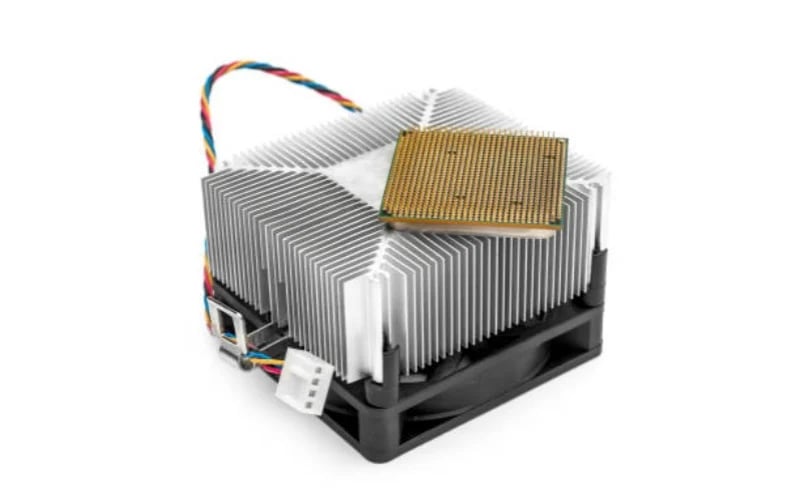The Importance of water cooled aluminum heat sink in Your Electronic Devices
Heat sinks are essential components in electronic devices, as they help prevent overheating and prolong the lifespan of the device. When it comes to dissipating heat, water cooled aluminum heat sinks are some of the most effective and efficient designs available on the market. In this article, we will explore the benefits and features of water cooled aluminum heat sinks.
What is Water Cooled Aluminum Heat Sink?
A water cooled aluminum heat sink is a device used to dissipate heat away from electronic components. The most common design consists of a metallic base that attaches to the component and fins or extrusions that extend outward to increase the surface area available for heat exchange. The use of water flowing through the heat sink enhances its performance by moving heat away faster and more efficiently.
How Do Water Cooled Aluminum Heat Sinks Work?
The water in a water cooled aluminum heat sink absorbs heat from the electronic component, which in turn is transferred to the aluminum base. The fins or extrusions of the heat sink provide a larger surface area for the water to flow against, increasing the amount of heat that can be dissipated. The water then flows through a radiator, where its heat is transferred to ambient air before returning to the heat sink to continue the cycle.
Benefits of Water Cooled Aluminum Heat Sinks
Water cooled aluminum heat sinks come with several benefits, including:
- Increased heat dissipation efficiency
- Better performance than air-cooled heat sinks
- Reduced noise levels compared to air-cooled heat sinks
- Longer lifespan for electronic devices
- ability to handle higher heat loads
Design Considerations for Water Cooled Aluminum Heat Sinks
When designing a water cooled aluminum heat sink, several factors must be taken into consideration, including:
- The type and size of the electronic component that needs cooling
- The amount of heat to be dissipated
- The water flow rate
- The size and spacing of the fins or extrusions
- The positioning of the heat sink within the device
Installation of Water Cooled Aluminum Heat Sinks
Installation of water cooled aluminum heat sinks varies depending on the device and the available space. In some cases, the heat sink can be directly attached to the component using screws or thermal tape. In other cases, a separate plate or bracket may be required to connect the heat sink to the device.
Compatibility of Water Cooled Aluminum Heat Sinks
When selecting a water cooled aluminum heat sink, it's essential to consider the compatibility with the device being cooled. The heat sink must be designed to fit the component and have sufficient contact area to transfer heat efficiently. Additionally, it is essential to ensure that the water flow requirements of the heat sink are compatible with the device and the rest of the cooling system.
Maintenance of Water Cooled Aluminum Heat Sinks
Water cooled aluminum heat sinks require regular maintenance to ensure their optimal performance. The water flow rate must be monitored, and the radiator must be checked for any blockages or debris. Additionally, the water in the system must be treated or replaced regularly to prevent corrosion or bacterial growth.
Cost of Water Cooled Aluminum Heat Sinks
Water cooled aluminum heat sinks come with a higher upfront cost than air-cooled heat sinks due to their more complex design and the need for additional components such as water pumps and radiators. However, their increased efficiency and lifespan make them a cost-effective solution in the long term, particularly for high-performance applications.
Conclusion
If you require high-performance cooling for your electronic devices, water cooled aluminum heat sinks are an excellent choice. With their increased efficiency and ability to handle higher heat loads, they can help prolong the lifespan of your devices and reduce maintenance costs in the long run.

